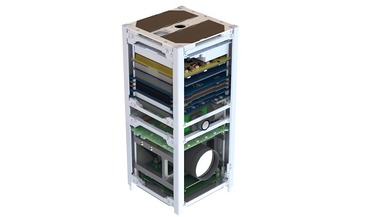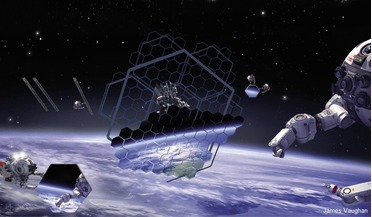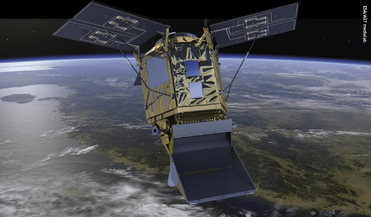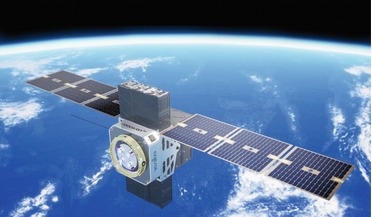 March 2019
International collaboration spawns scalable CubeSat EO payloads
March 2019
International collaboration spawns scalable CubeSat EO payloads
... and South Africa some 10,000 km apart in the second half of the 2000s - are proof of the value of networking across the global space business. After making contact at the 2011 International Astronautical Congress (IAC), they...
 November 2019
Cosmo’s adventures in animated edutainment
November 2019
Cosmo’s adventures in animated edutainment
... Cosmo got to Mars, how he survived all those years and how he manages to communicate with a world-wide network of Cosmo Cadets, is all imaginative rocket fuel for STEAM learning through entertainment. This is the story of ‘Cosmo...
 November 2019
The economic promise of space
November 2019
The economic promise of space
...frontier. An infrastructure of scientific and commercial platforms in orbit, and lunar bases connected by a reliable transportation network, seemed inevitable to an inspired generation of ‘baby boomers’ who flooded into science and engineering hoping...
 June 2021
Autonomous robots in space
June 2021
Autonomous robots in space
...the University of Surrey collaborated with technology consultancy Intelcomm in a project funded by the UK’s SPace Research and Innovation Network for Technology (SPRINT) and supported by the FAIR-SPACE Hub, a SPRINT partner at the Surrey Space Centre...
 February 2022
Building space-qualified detector chips
February 2022
Building space-qualified detector chips
... drawbacks. Two weaknesses are the time and considerable expense associated with deploying and maintaining a vast network of terrestrial instruments; another challenge is how to monitor the atmosphere over vast expanses of sea. A far better option...
 June 2022
Space logistics: achieving end-to-end mobility for space
June 2022
Space logistics: achieving end-to-end mobility for space
... to transport goods and people by land, water and air using more and more sophisticated and organised networks. Lately, we have extended our reach to space, but so far with limited capability of movement between orbits, satellites...